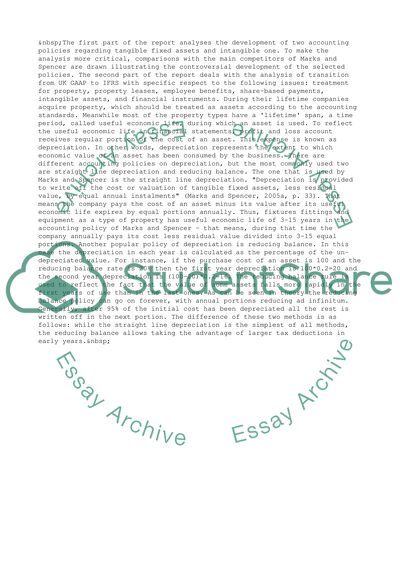Cite this document
(“The accounting policies of Marks and Spencer Essay”, n.d.)
Retrieved from https://studentshare.org/management/1509295-marks-and-spencer-essay
Retrieved from https://studentshare.org/management/1509295-marks-and-spencer-essay
(The Accounting Policies of Marks and Spencer Essay)
https://studentshare.org/management/1509295-marks-and-spencer-essay.
https://studentshare.org/management/1509295-marks-and-spencer-essay.
“The Accounting Policies of Marks and Spencer Essay”, n.d. https://studentshare.org/management/1509295-marks-and-spencer-essay.


